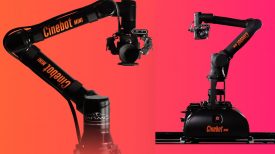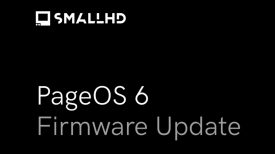This film was made specifically for the Shotover G1 Giveaway competition. It is a passion project, and the Lotus Elan plus 2 is my own car. I had dreamed of making this film for years, the Shotover competition motivated me to fulfil this dream.
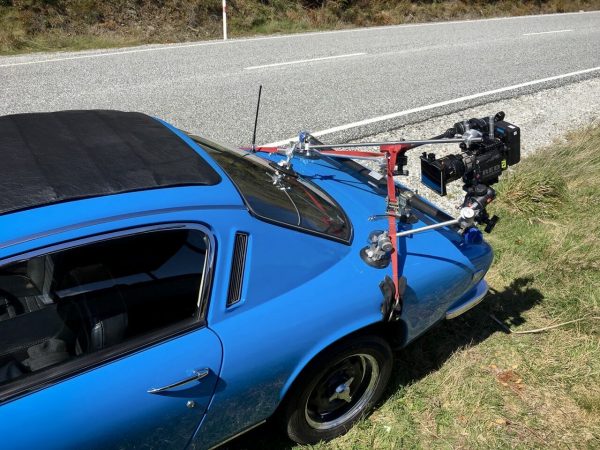
I make my living filming car commercials for clients. What I like most about this project, is that it is a car commercial, for a car that is literally not for sale. It was really fun to get back to shooting with a tiny crew. Just a couple of friends, making the most of what we had available. This is exactly how I started out. I made my first snowboarding film with a group of mates. I worked as a clapper loader during the week, and I was sometimes given the left over film short ends by sympathetic producers. I tried to put them to good use, and I made that first film with thirteen different borrowed cameras, and pretty much every film stock that was available.
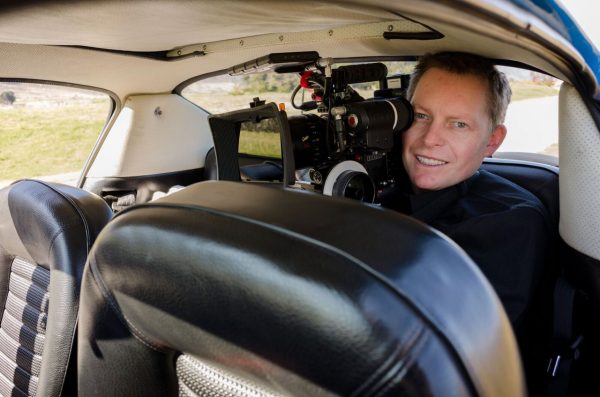
Shooting The Perfect Drive felt a lot like those old days. My vision was that I wanted to make a journey. The journey of the perfect drive. Just a man and his classic car. With a traditional car commercial, there are a lot of shots that have to be shown. Several features of the car have to be shot, because your job is to sell a product. With the Lotus film, I wanted to keep it pure. Just the car, the road and the view. In a traditional car commercial there is always a display shot at the end, which is usually static, or tracking. For this film, as I had creative licence, and I wanted to do something different. So, I ended on the reveal of the beautiful view, with the sound of the car going off into the distance.
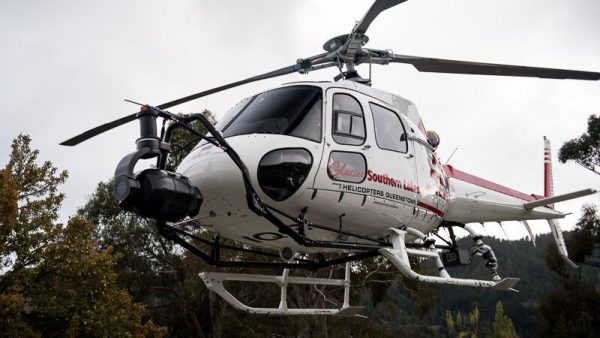
For me, it is always about moving the camera. I think this is why I am drawn to car commercials. Cars look great when they move, and it’s pretty fun working out all the different ways to add energy and excitement to the frame. I am lucky enough to have access to some wonderful creative tools. I love discovering new ways of creating dynamic and engaging shots. In the film there are helicopter shots, drone shots, tracking shots, rig shots and handheld (I don’t think I used a tripod). The Perfect Drive was made by a tiny on set crew. Just myself, my grip Josh Dunn, and a driver.
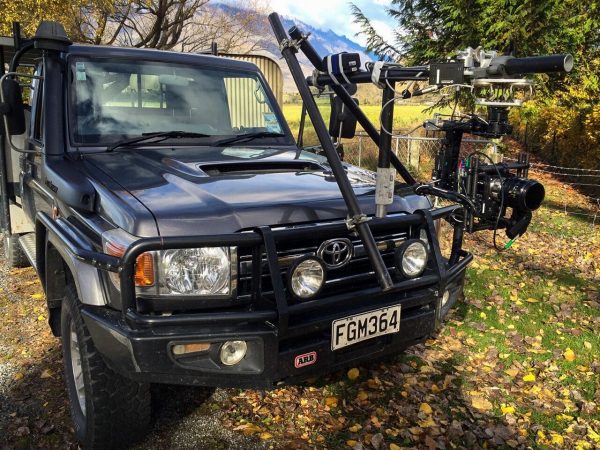
On the tracking days, there were three of us, with Heath Patterson fulfilling the precision driving role. We did not have access to a tracking vehicle, so we made the most out of our MoVI M15 and Josh’s Heavy Duty Grip Ute. It’s not a tracking vehicle, and not really suited to tracking with all of the vibration and movement, but it’s all we had, and we made it work.
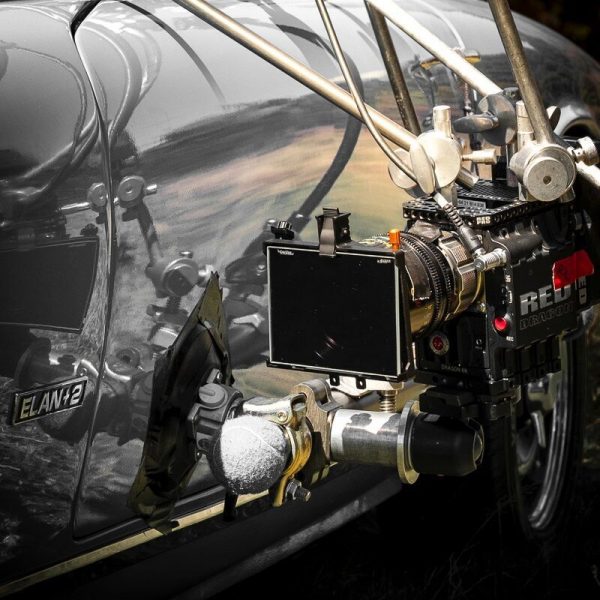
For the rig shot days, it was just Josh and myself. It was really satisfying setting the rigs with Josh, and then hitting record on the camera and driving the car myself.
Grip’s point of view
Ben and I have been working together on projects for the past 14 years. Some paid, some for fun and a few just for the hell of it. When Ben brought up his Lotus project naturally I was interested. Tracking, rigs and drone work – all with complete artistic freedom to do as we pleased. We did the first few days over a period of time, usually with one other person to help with the driving, sometimes with just Ben and myself. I liked the shots we were getting but I wanted something special, different and a bit crazy. We had the Alta 8 in our drone stable and we had not tried the sky view. So I just thought, it’s got to be a bridge fly under with the car crossing above as we reveal the structure. It sounded so simple… simple it was not. Flying under the bridge was a challenge for me, and as we wanted the shot to last I had to keep my distance. This made it difficult to gauge the depth and position of the craft from 100 meters away. Then, there was the timing. It had to be absolutely perfect to look the way we had imagined it. We needed an Ace First AD, but we only had each other, and a good friend driving for us before he had to rush off to work. Apparently we also had what turned out to be a good dose of luck! We got the shot after many, many attempts. Now looking at the final cut, I think it was worth it.
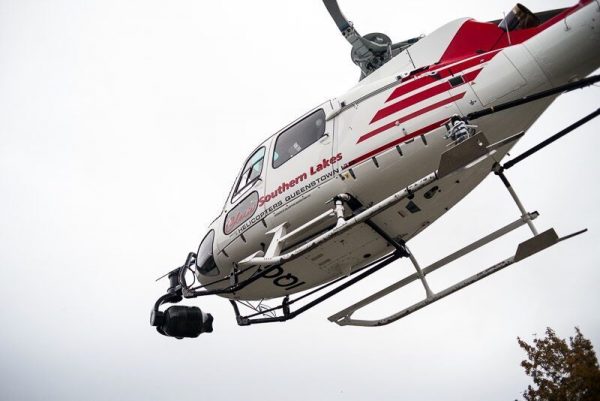
We had access to a helicopter piloted by Brendan from Glacier Southern Lakes Helicopters for one hour. That’s all the heli time I budgeted for, and I knew that with the Shotover Camera System I could get all the aerials that I required in this time. I used a Red Dragon with a Angenieux 24-290mm lens. Josh drove the car, and I operated the Shotover P1. The P1 is what we call the original Shotover Prototype that John Coyle made, and it is based in Queenstown, NZ.
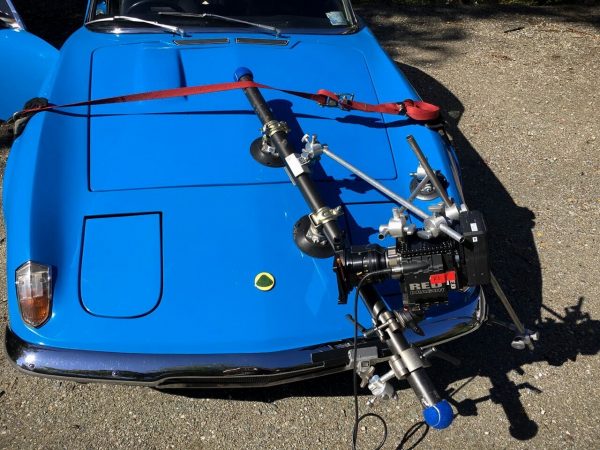
For the drone shots, Josh piloted the drone, I operated the camera and Ben Chapman handled the driving. I shot on my Red Dragon cameras. I really like these cameras. They are small and lightweight and the image is incredible. I can rig them to anything, and they are easy for a single operator to work with. I used my Cooke Mini S4i lenses. I like this glass, it has a beautiful quality to it.
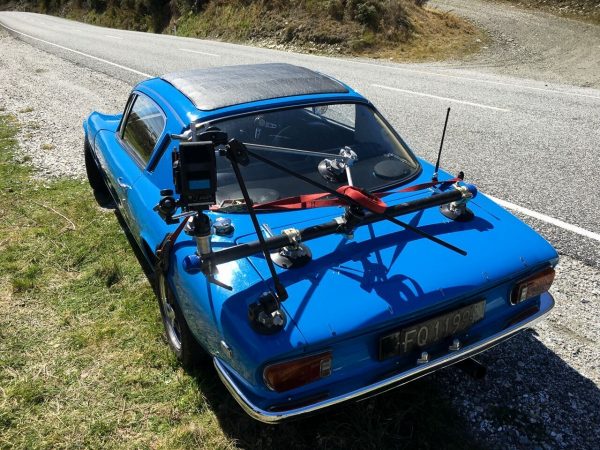
Expert Sound Recordist Makoto Takaoka came out for a drive with me one afternoon, and recorded the true sounds of the car. Which was pretty cool of him, as he gave up his time and expertise for the project, in exchange for a nice lunch.
For the post production, I was lucky enough to work with editor Piers Faircloth-Harding. Piers is a great editor, and I have worked with him before on several projects. Piers has a great sense of timing, and amazing attention to detail. As we are based in different cities, we used Wipster for my notes. I really like using it. It’s a great way to make notes on screen, and point out exact frames and edits quickly and easily. My colourist Pete Richie did excellent job on the grade.
Editor’s notes
I approached this edit with an open mind and a fair bit of research, it was a great opportunity to work with some amazing footage and to cut something different. The brief was very relaxed and I was given the freedom to experiment with different ideas during the early stages, this made it really enjoyable and gave me time to make sure we were getting the best out of the available footage. It was also an opportunity to push my edit suite by working with Red Dragon Raw in Adobe Premiere Pro CC 2017 and it was a great chance to really test the new software’s stability as I was editing for long periods of time with different media ranging from 2 – 6K frame sizes. The 2017 version of Premiere performed seamlessly which meant I got to really focus in on what I was cutting and the creative side of the edit. (I’m in no way associated with Adobe by the way). This was a great project to be involved with and I really enjoyed being part of the team that helped Ben realise his dream of making this piece.
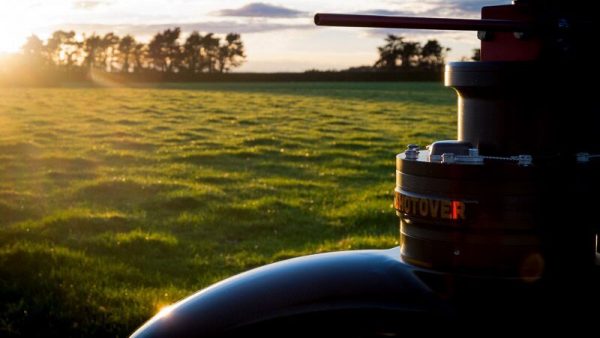
We shot over many different days. All with different qualities of light. Pete did a brilliant job of matching everything. Importantly, he also came up with the great idea of favouring the warm autumn colours for the background. This really made the car pop out from the landscape.
Unfortunately I did not attend the grade. But, I was updated with still frame samples, and then videos to make notes on and approve. Jonny Pipe did a brilliant job mixing the audio. I always wanted it to be an audio driven piece. The sound of the car is terrific within the audio. I initially wanted to have no music at all, and just the natural sounds of the car. Jonny talked me out of this, and came up with an amazing sound mix. We worked closely together, and for me, it was pretty cool being able to affect the mood of my images with audio design.
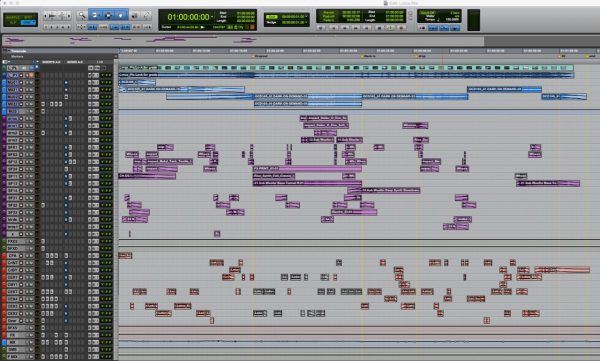
Abstract Sounds are Purple
Car Sounds are Red (greyed out clips are muted)
Mix Notes
I approached the sound designing of this piece with three key aspects in mind: music, car Sounds and abstract sounds. Each of these aspects is important in their own right for different reasons:
Music: Brings the emotion and storytelling to the piece
Car sounds: Bring authenticity and a tactile nature to the real star of this video – the car!
Abstract sounds: Add impact to edits, heighten builds and drops and generally increase the cinematic epicness.
When I first saw the edit it was about half finished but was full of amazing shots and lots of fast edits. The elements I felt were missing were emotion and story. Where was it taking the viewer? How could I create some dynamics – highs and lows that will take the viewer on some kind of journey rather than just a series of beautiful images?
Music was key to this.
The musical piece I found brought three themes with it; a mysterious set up and build, a drop out/dreamy section and a big finish. The full version of the track didn’t quite work perfectly off the bat so there was a fair bit of editing involved to make the changes happen when I wanted them to.
After giving this edited track back to Ben and Piers it was used as inspiration for the final edit, so unlike a lot of productions, the music in this case inspired what happened next. It’s a nice way of working because ultimately every piece aims to inspire an emotional response in the viewer, and sound is the best way of tapping into emotion.
I was lucky to have received a comprehensive selection of location sound recordings from top NZ based sound recordist Makoto Takaoka. These gave me a true idea of the sound and character of the car. At once I realised that it had such a unique sound that I could not attempt to use any library car sounds at all. So the mix was done using only what was recorded from the actual car, so as to stay entirely authentic. I especially tried to use sections of the recordings that highlighted this unique character – those gear change ‘cackles’ and revs as the car speeds away…
Of course none of the recorded sounds were synced to picture so a big job was to go through each shot and find the right sound for each. To ease this process I first went through all the location sound, re naming and cataloguing each file so that I could search and find the type of sound I needed quickly.
Authenticity was always my top priority here. All internal shots use internally recorded sound, external shots and drive bys are all external. The only library effect I used (I’ll come clean here) is the gear change. Such a satisfying sound!
Following the ‘story-line’ of the piece was important for the car sounds too. You’ll hear that in the ‘intro’ the car is taking it easy, cruising, introducing itself. The first sound we hear is that character cackle of the car in the distance, distant native New Zealand bird sound to give a sense of place. Then at the first fast edit transition the car drops down and accelerates along with the music as it crescendos towards the drop out.
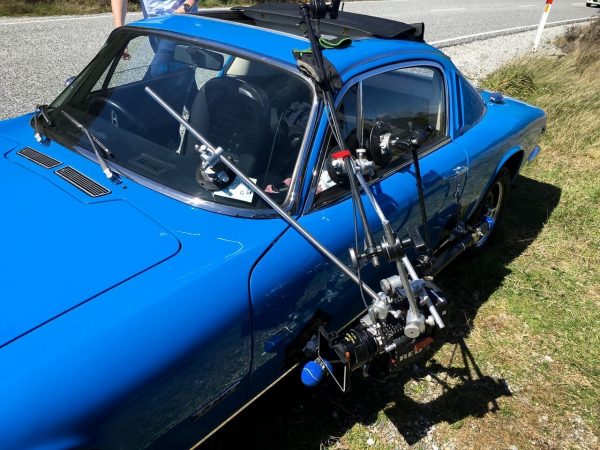
My first instinct at this point was to go ‘full noise’ on the car sounds. The music has emptied out to just the guitar riff so the sound stage fully opens up to showcase the car. In fact, that’s what I did do in early versions of the mix. The problem I found though was that with car sounds going from this point all the way to the end it felt a bit relentless! There was no rest for the ears, no dynamic to the story, no light and shade.
So I did the opposite – cut the car sounds completely.
Sometimes the biggest impact comes from not adding more, but taking everything away. The guitar line felt dreamy, so I wanted to make it seem like you entered more of a dream state. I added more reverb and delays to the guitar and also an auto pan effect to swirl the guitar back and forth from left to right. This space also created more room for abstract sounds: sub rumbles and hits, bass drops, reverse cymbal builds, echoey effects.
I bring the car sounds back in on the beat and then we build towards the big end section, which is all acceleration to the finish.
The last elements to the mix were abstract sounds. These I classify as sounds that don’t have any origin in what you see on screen. They are the icing on the cake… the ‘ear candy.’ They are used to increase the impact of the edit. By timing deep hits and whooshes to the cuts and camera movements you can make the edits feel more intentional and more dramatic. It’s all about cinematic drama really!
This project was challenging in many ways. The car needed to be as authentic as possible and to be the star of the show, but alongside that I wanted to create a cinematic mix that told a story and took the viewer on a journey.
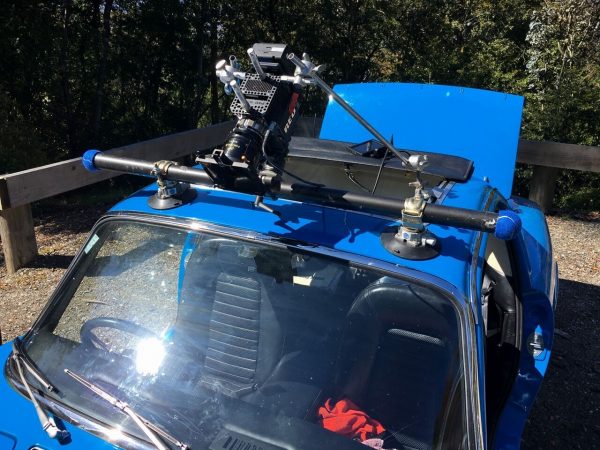
We used the resources that we had available to us. It was really liberating to work within these constraints, and still make something that we are all proud of. It really was a project that was a full team effort. Personally, it reminded me why I got into the industry to begin with. I hope that people enjoy it
Thanks to Brett and John from http://www.aerialcameras.co.nz/ for the use of the rig.
If you like it, please place a vote! It would be very appreciated. http://woobox.com/chfqis/gallery/tQqx9uc8iF




